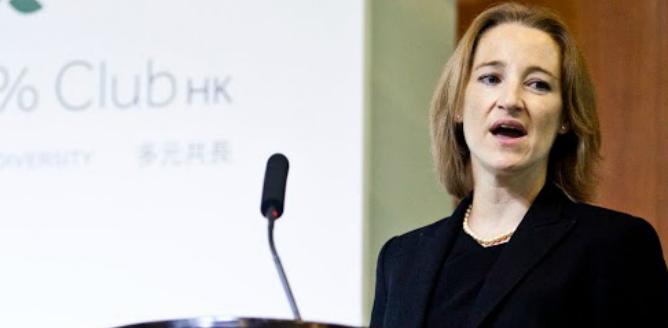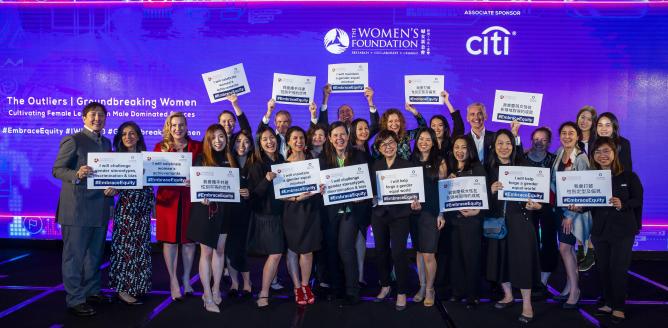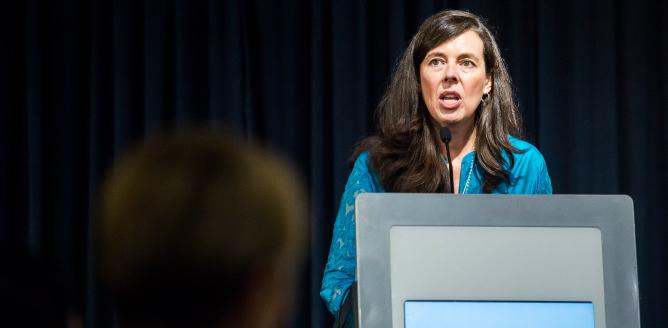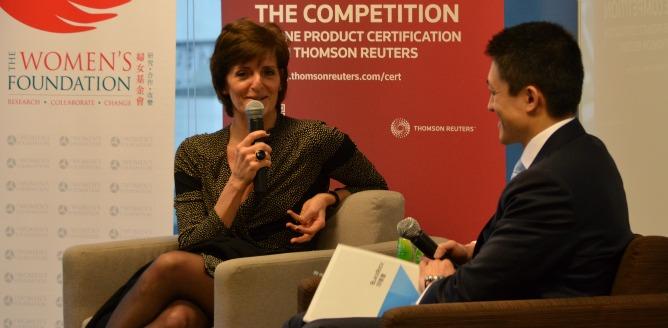Women in business: the path to leadership
The Grant Thornton International Business 2015 report focuses on women in senior management and their career paths to better understand the barriers to women’s progress into leadership roles. The research finds that women’s advancement in the workplace is constrained by a number of factors, from entrenched social norms and gender bias to parenthood and archaic business practices.
Findings include:
• Men and women are not equally represented among industries and sectors: Women tend to be over-represented in service industries such as education, healthcare and hospitality, while the leadership teams of more traditional, primary industries such as manufacturing, transport, construction & real estate, mining & quarrying are overwhelmingly comprised by men.
• Parenthood and family care require women to make more sacrifices: The advancement of women into senior leadership is hampered by the pressures of child-rearing.
• Men and women have different workplace retention patterns: Senior female leaders are more likely to have to work their way up to management positions, having worked as a more junior member of staff at their current company compared with their male counterparts.
• Men and women network differently: While 42% of men used networking events or conferences, only 30% of women did. However, 27% of women used their social or online networks compared with just 20% of men.
• Women are twice as likely to cite gender bias: The power of stereotypes and gender bias is highlighted as a significant barrier on the path to leadership. The women interviewed were almost twice as likely to cite gender bias as their male peers (19% vs. 10%).
With these findings, the report offers insights on what measures society, government and the business world can promote to increase the number of women in leadership roles.


















